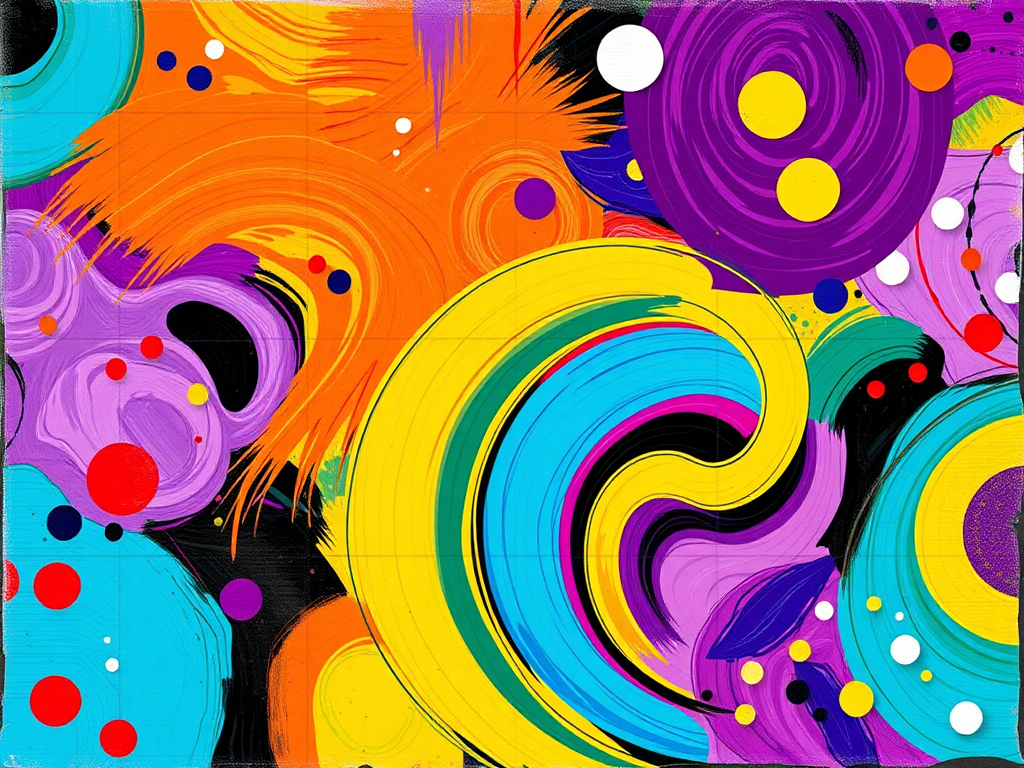
6 Artists Who Changed the World of Art
This post delves into the lives and legacies of six transformative artists whose innovative approaches and unique perspectives revolutionised the art world, from the Renaissance to contemporary times.
Leonardo da Vinci - The Renaissance Virtuoso
Leonardo da Vinci! Just hearing his name conjures images of masterful canvases and intricate sketches. Born in 1452, da Vinci wasn’t merely a painter; he was a polymath—a scientist, inventor, and anatomist all rolled into one. His masterpieces, such as the Mona Lisa and The Last Supper, transcend mere artistry; they act as portals into the human psyche, delving into emotion and perspective in ways that were groundbreaking for their era.
What truly distinguished Leonardo was his unquenchable thirst for knowledge. He pioneered techniques like sfumato, which allowed him to create soft transitions between colours, resulting in a more lifelike portrayal of his subjects. Can you imagine blending colours so seamlessly that you can’t tell where reality ends and art begins? It’s utterly captivating! His notebooks, brimming with sketches and concepts, reveal a mind that was light years ahead of its time, embodying the very essence of the Renaissance spirit.
Vincent van Gogh - The Emotional Alchemist
Now, let’s shine a light on Vincent van Gogh, the emotional dynamo of the Post-Impressionist movement. His vivid colours and expressive brushwork in pieces like Starry Night and Sunflowers resonate deeply with audiences. Van Gogh’s art communicates a universal language of emotion, often reflecting his tumultuous inner world and battles with mental health.
What’s so intriguing about Van Gogh is how he transformed his suffering into breathtaking beauty. His revolutionary use of colour was not merely about depicting the world as it is; he infused his paintings with raw emotion. Can you picture a world devoid of his iconic swirls of blue and yellow? His legacy serves as a poignant reminder of how art can act as a vessel for expression, showing us that our struggles can lead to extraordinary beauty.
Pablo Picasso - The Cubist Trailblazer
Let’s switch gears to the audacious Pablo Picasso, a man who dared to shatter artistic norms. As a co-founder of the Cubist movement, Picasso redefined how we perceive form and space in art. His revolutionary works, such as Les Demoiselles d’Avignon, compel viewers to reconsider the very essence of representation.
Picasso’s brilliance lay in his capacity to encapsulate complex ideas within seemingly simple structures. His fragmented shapes and bold colours invite us to view the world from multiple perspectives. Isn’t it extraordinary how one artist can alter our perception of reality? His profound impact on modern art is immeasurable, paving the way for countless artists who followed in his footsteps.
Frida Kahlo - The Symbolic Visionary
Frida Kahlo’s life was as vibrant and complex as the art she created. Renowned for her striking self-portraits, Kahlo delved into themes of identity, postcolonialism, and gender. Her deeply personal works, like The Two Fridas, serve as a canvas for her multifaceted emotions and experiences, often rooted in her tumultuous life and health struggles.
What’s so captivating about Kahlo is her masterful use of symbolism to convey her messages. Each element in her artworks tells a story, inviting viewers to peel back layers and uncover deeper meanings. Isn’t it inspiring how she transformed her pain into art that resonates with so many? Beyond her paintings, Kahlo has become a feminist icon, motivating generations to embrace their individuality and express their truths.
Jackson Pollock - The Abstract Expressionist Revolutionary
Next on our journey is Jackson Pollock, the enigmatic figure behind the Abstract Expressionist movement. Using his groundbreaking drip painting technique, Pollock transformed the act of painting into a performance. Works like No. 5, 1948 challenge conventional notions of art, shifting the focus from the final product to the process itself.
What sets Pollock apart is his approach to the canvas. He believed that the artist’s energy and emotion should pulsate through the artwork. By forgoing the brush and opting for pouring and dripping paint, he crafted dynamic compositions that evoke both movement and chaos. Isn’t it fascinating how this method allowed him to express his subconscious? Pollock’s legacy continues to inspire artists to think beyond traditional boundaries.
Yayoi Kusama - The Explorer of Infinity and Identity
Finally, we arrive at the captivating Yayoi Kusama, a contemporary artist whose work delves into themes of infinity and self. Renowned for her signature polka dots and immersive installations, Kusama invites viewers into her world of hallucinations and obsessive patterns. Her iconic Infinity Mirror Rooms create a boundless reflection of light and form, challenging our understanding of space.
Kusama’s art is not just a visual feast; it’s a reflection of her own struggles with mental health, transforming personal challenges into a celebration of life and identity. Isn’t it remarkable how she turns her experiences into something universally relatable? Through her vibrant creations, she’s opened up essential conversations about mental health and the significance of artistic expression in understanding our identities.
These six remarkable artists have undeniably reshaped the landscape of art, each leaving an indelible mark on the world. Their legacies remind us that art transcends mere aesthetics; it serves as a powerful medium for expression, exploration, and profound transformation.